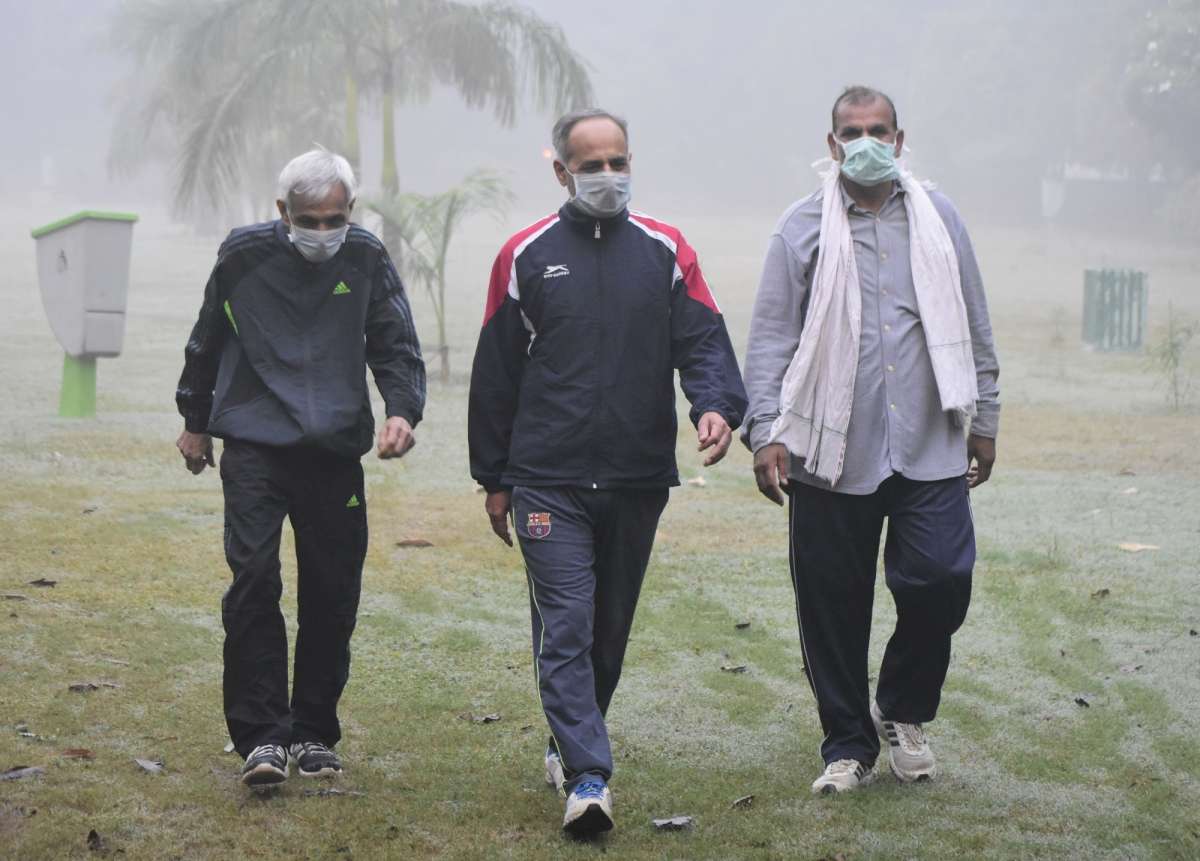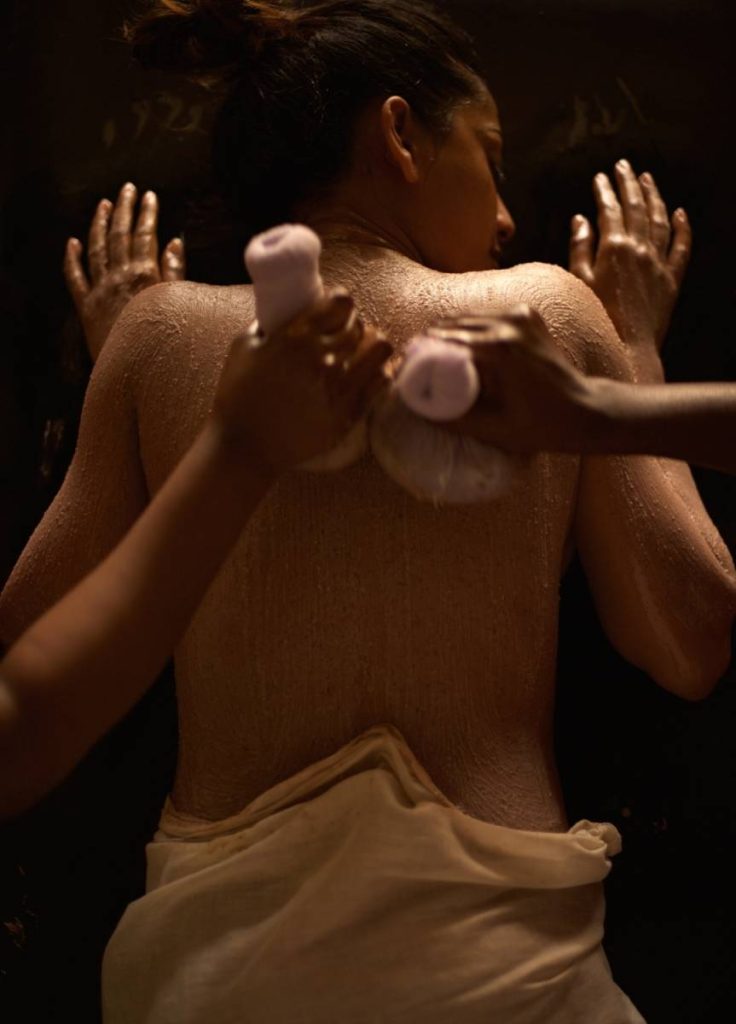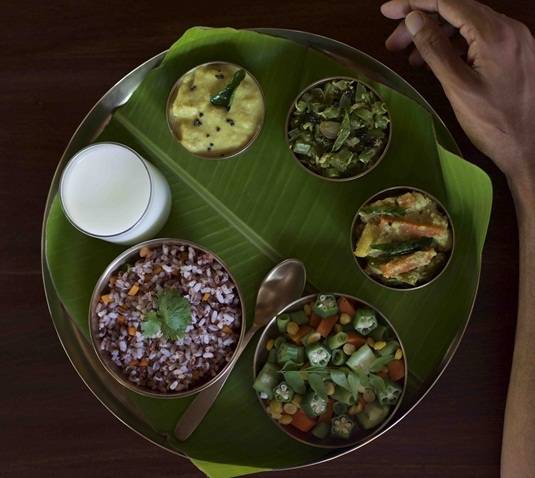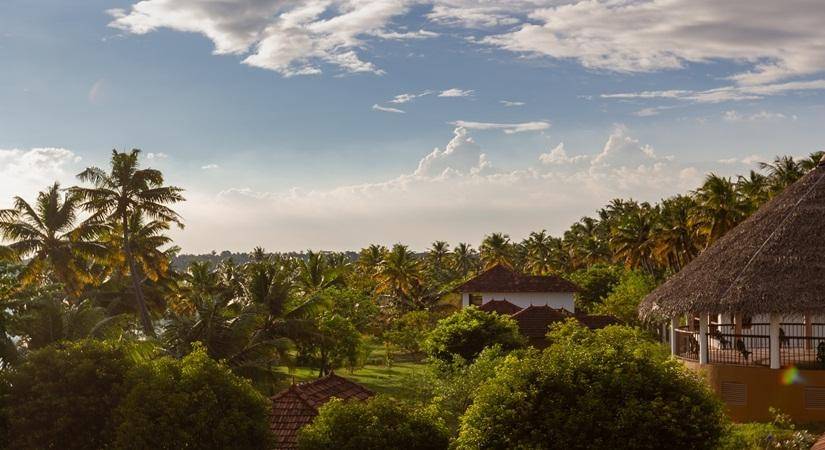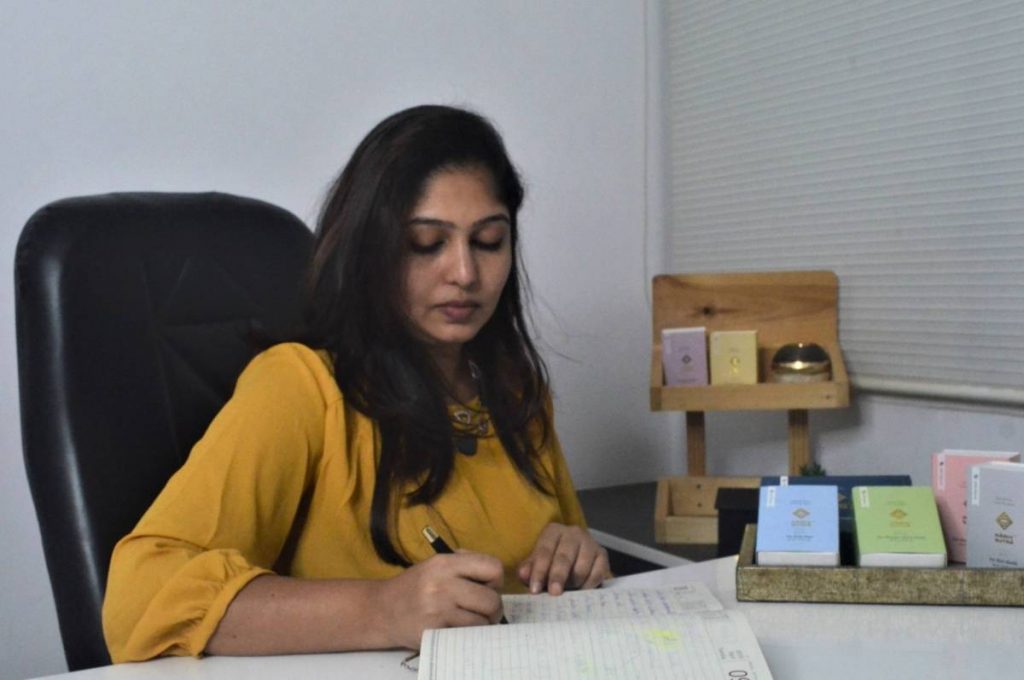Ayurveda harnesses the power of herbs and spices for their medicinal properties. Turmeric, with its anti-inflammatory benefits, and fenugreek, known for its blood sugar regulation, are valuable additions to the Ayurvedic diet for diabetes…writes Dr. Govind
In a world where modern lifestyles often lead to dietary imbalances and health concerns, the ancient wisdom of Ayurveda emerges as a beacon of holistic well-being. Ayurveda, the “science of life,” oers profound insights into maintaining balance and harmony within the body, particularly for those grappling with diabetes. The Ayurvedic diet, deeply rooted in this ancient Indian tradition, serves as a blueprint for fostering not just physical health, but a sustainable and balanced way of life.
For many with diabetes, the daily struggle centres on managing blood sugar spikes and dips. But what if there existed a natural, food-based approach to navigating this challenge? Enter Ayurveda, the ancient Indian system of holistic medicine, oering a powerful lens through which to view and manage diabetes.
Understanding Ayurveda’s Foundation: Doshas
At the heart of Ayurveda lies the concept of doshas — three fundamental energies that govern our bodily functions. Vata, Pitta, and Kapha are the building blocks of our body and an imbalance in these doshas is believed to be the root cause of various health issues, including diabetes.
For those with diabetes, understanding their predominant dosha becomes crucial. Ayurveda suggests that balancing the doshas through diet can alleviate symptoms and promote overall health.
Here’s a simple guide to embracing the Ayurvedic diet for diabetes:
Pacifying Foods: Vata, characterised by air and ether elements, is associated with irregularities and fluctuations. To pacify Vata, focus on warm, grounding foods. Opt for nourishing soups, stews, and cooked grains. Include healthy fats such as ghee and olive oil to lubricate the digestive system. Avoid raw and cold foods, as these can exacerbate Vata imbalances.
Pitta-Pacifying Foods: Pitta, fueled by fire and water elements, is linked to heat and intensity. For those with a Pitta imbalance, cooling and soothing foods are key. Embrace sweet, bitter, and astringent tastes found in fruits like apples and berries, as well as leafy greens. Limit spicy and acidic foods, as they may aggravate Pitta.
Pacifying Foods: Kapha, grounded in earth and water elements, is associated with stability and structure. To balance Kapha, opt for light, warm, and stimulating foods. Incorporate a variety of spices, such he as ginger and turmeric, to enhance digestion. Minimise dairy and heavy, sweet foods to prevent excess mucus production.
Mindful Eating Practices: Beyond selecting foods based on doshas, Ayurveda places significant emphasis on mindful eating practices. Chew your food thoroughly to support digestion, and savour each bite to enhance the overall dining experience. Eating in a calm and relaxed environment promotes healthy digestion and assimilation of nutrients.
Herbs and Spices as Medicine: Ayurveda harnesses the power of herbs and spices for their medicinal properties. Turmeric, with its anti-inflammatory benefits, and fenugreek, known for its blood sugar regulation, are valuable additions to the Ayurvedic diet for diabetes.
In a world inundated with fad diets, the Ayurvedic approach to nutrition stands out as a time-tested and sustainable solution for managing diabetes. By embracing the wisdom of doshas, choosing nourishing foods, and adopting mindful eating practices, individuals can cultivate a harmonious relationship between their bodies and the food they consume.
In the realm of the Ayurvedic diet, food is not merely sustenance; it is a conduit to balance, vitality, and holistic well-being. As we navigate the complexities of modern health challenges, perhaps the ancient wisdom of Ayurveda can guide us back to a place of equilibrium — a place where health is not just the absence of disease but the presence of vitality in mind, body, and spirit.
ALSO READ-Festive Wisdom from Ayurveda






